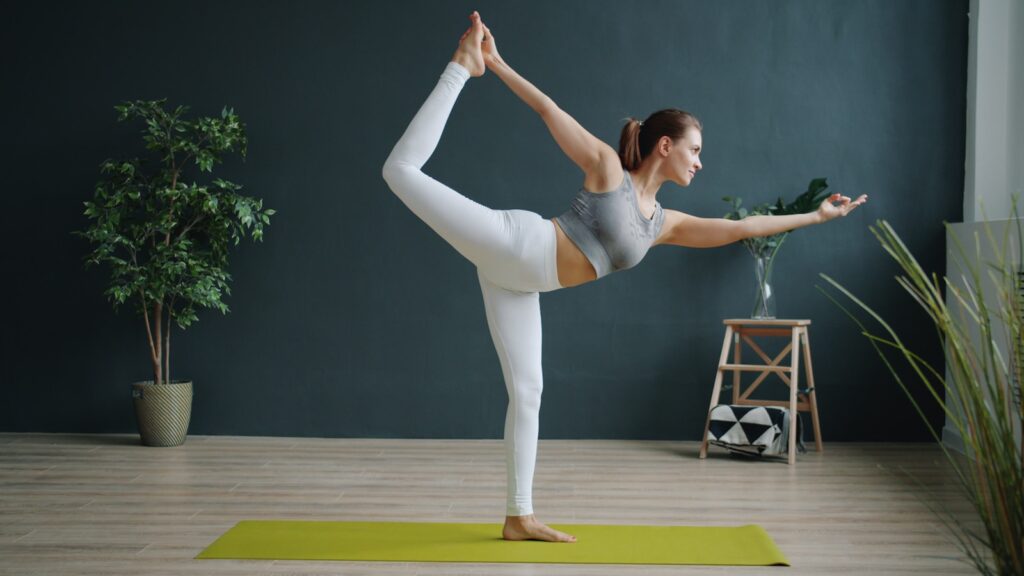Stretching has long been a topic of debate in the fitness world. Should you stretch before exercising, after, or both? The answer depends on the type of stretching and your workout goals.
Understanding the difference between dynamic and static stretching will help you maximize the benefits without risking performance or injury.
Dynamic Stretching Before Exercise
Dynamic stretching involves moving through a range of motion, gently increasing blood flow, and preparing muscles for activity. Examples include leg swings, arm circles, and walking lunges.
Performing these movements before exercise warms up the muscles, activates the joints, and primes the nervous system. Research shows that dynamic stretching can improve performance and reduce the risk of injury when incorporated into a warm-up routine. Unlike static stretches, dynamic movements don’t decrease strength or power output, making them ideal before workouts.
Pre-Stretching for Injury Prevention
Stretching won’t guarantee you’ll never get injured, but using it strategically can lower your risk. Dynamic stretching prepares muscles, tendons, and joints for movement, reducing the chance of strains during workouts.
Read More: Fitness Myths You Should Finally Stop Believing
Pre-Stretching for Stress Relief
Dynamic stretches done before a workout don’t just wake up the body—they also help clear mental fog. The rhythmic movements, paired with steady breathing, calm the nervous system and reduce pre-workout anxiety. Starting with gentle motions, such as arm swings or walking lunges, provides a mental reset, allowing you to focus and release tension before exercising.
Static Stretching After Exercise
Static stretching involves holding a stretch for 15–60 seconds without movement—such as touching your toes or pulling your arm across your chest. While beneficial, static stretching is best saved for after a workout.
Stretching muscles when they’re warm helps improve flexibility, reduce stiffness, and promote recovery. Performing static stretches before a workout can temporarily decrease muscle strength, potentially hindering performance. That’s why most trainers recommend saving them for cooldowns.
Read More: How to Start Exercising Again After a Long Break
Post-Stretching for Injury Prevention
Post-exercise static stretching helps keep muscles flexible and balanced, thereby avoiding tightness that can lead to overcompensation injuries. Together, pre-and post-stretching form a preventive approach that supports safer, more sustainable training.
Post-Stretching for Stress Relief
Static stretching after a workout extends the stress-relief benefits. Holding stretches while practicing slow, deep breathing activates the body’s relaxation response, lowering heart rate and easing muscle tightness. This combination helps you wind down, reduce lingering tension, and leave your workout feeling both physically and mentally refreshed.
Best Practices for Everyday Life
The ideal routine combines both types of stretching at the right time. Begin workouts with 5–10 minutes of dynamic movements to get blood flowing. Afterward, finish with static stretches to relax muscles and improve long-term mobility.
For individuals who sit for extended periods, incorporating static stretches during breaks can help alleviate tension in the hips, shoulders, and back. The goal isn’t just performance—it’s supporting everyday comfort and posture.
The Takeaway
Stretching isn’t one-size-fits-all. Use dynamic stretching to warm up before exercise and static stretching to cool down afterward. By placing each type at the right time, you’ll maximize performance, prevent injury, and improve flexibility for both workouts and daily life.
Read More: 7 Recovery Tools That Actually Work (And 3 That Don’t)




